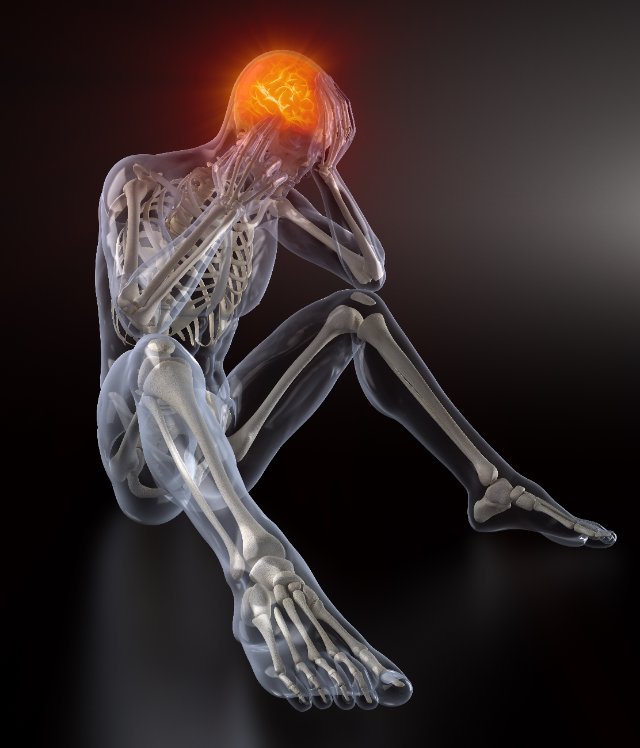Many people use the word headache and migraine like they are the same thing however, there is a difference. Migraines are not just headaches but can include other symptoms besides just pain in the head. A migraine produces symptoms that can be different from person to person, but it typically involves pain in the head that ranges from moderate to severe and even intolerable at times. The pain of a migraine is usually in one area of the head, possibly behind the cheeks, around the eyes, front or back of the head, or both sides of the head as well. Some other symptoms of a migraine may include sensitivity to light, nausea, vomiting, and also sensitivity to sounds or smells. Migraines can make activities of daily life difficult, and a migraine attack may last from a few hours to days. Recognizing early signs of a migraine attack can help a person take medication before their headache symptoms worsen.
Read more about Ocular Migraines here
An aura commonly occurs as visual and appears as sensory disturbances that happen before the headache phase of a migraine attack. Disturbances like this can appear as bright dots and zigzags in the visual field, blind spots, or sparks. Aura can also be sensory and have symptoms such as numbness and tingling in the hands, feet, or face.
Migraines can be diagnosed as episodic or chronic and it is based on how many headaches a person has per month. A person is categorized as having episodic migraines if they have 14 or less headaches per month. Individuals that have 15 or more headaches per month with at least 8 that include migraine symptoms have chronic migraines. Occasionally a person may be hospitalized for a migraine attack, and if someone has the worst headache of their life and it happens suddenly it is important to seek medical assistance to make sure it is not a stroke of other serious condition.
Some people have a headache diary so they can track the frequency of their headache and they can describe their headaches in more detail to their healthcare providers. Important things to include in a headache diary is the intensity, quality, location, and other symptoms such as nausea, vomiting, and any sensitivity to light and sound. Healthy lifestyle habits can help avoid migraine symptoms such as well-rounded meals, eight glasses of water a day, getting six to eight hours of sleep each night, and managing stress with mindfulness.
https://my.clevelandclinic.org/health/diseases/5005-migraine-headaches











